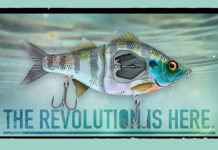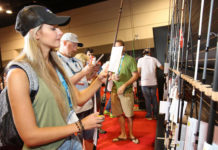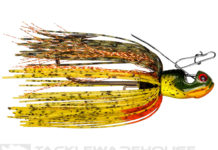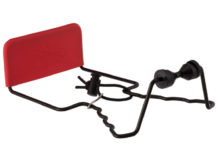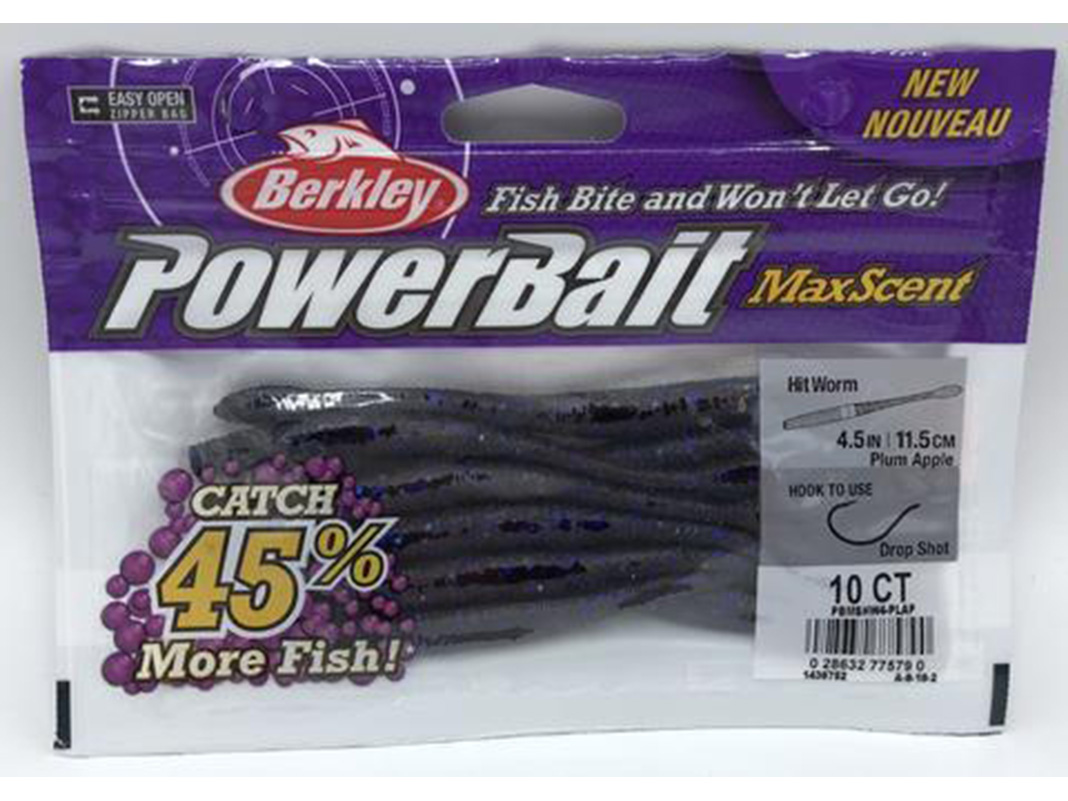 去年の ICAST2017 にてデビューした バークレー社 からの新製品 パワーベイト・マックスセント シリーズ のワーム。これは バークレー社 の持ち味である “ワームに臭いを付ける” といったモノ。過去にも バイオソルトシリーズ や オリジナルセントシリーズ などがある。気になる臭いは何れも 練り餌さに使われる さなぎ粉 に近いともいうべきだろうか… そして この度 パワーベイト・マックスセント シリーズ に更なるワームが追加される。
去年の ICAST2017 にてデビューした バークレー社 からの新製品 パワーベイト・マックスセント シリーズ のワーム。これは バークレー社 の持ち味である “ワームに臭いを付ける” といったモノ。過去にも バイオソルトシリーズ や オリジナルセントシリーズ などがある。気になる臭いは何れも 練り餌さに使われる さなぎ粉 に近いともいうべきだろうか… そして この度 パワーベイト・マックスセント シリーズ に更なるワームが追加される。
ブラックバスには嗅覚が存在する?
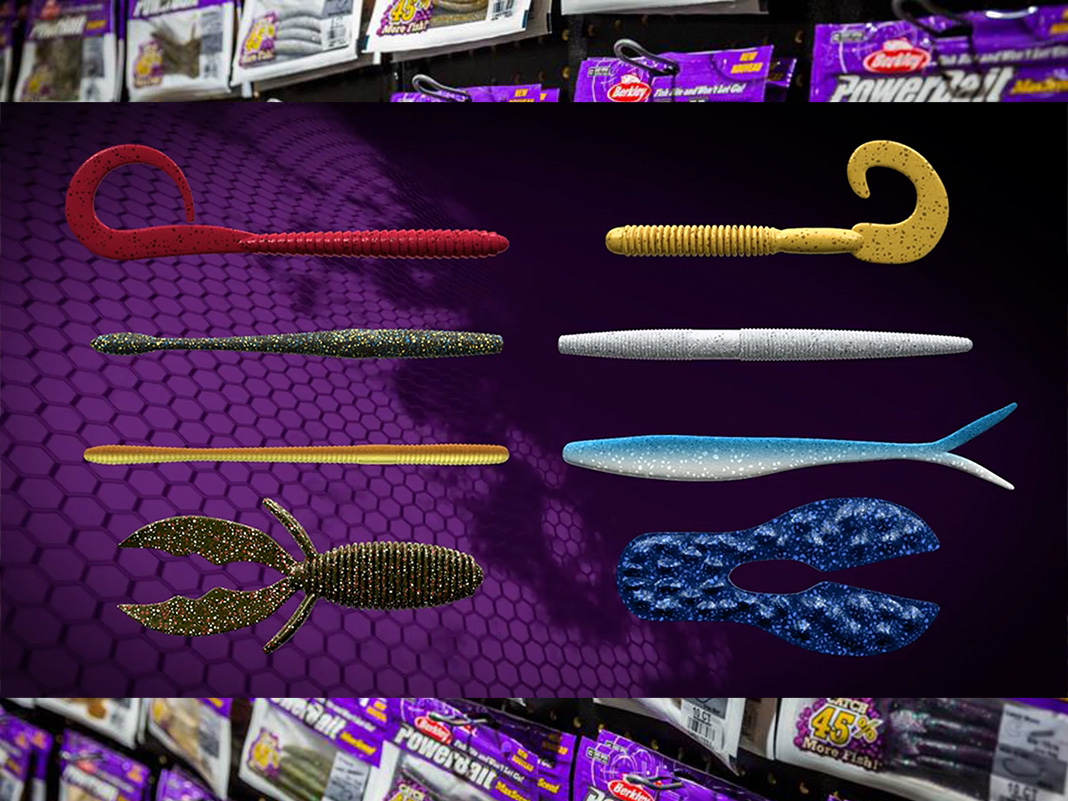 今回のラインナップされる 商品 は上記のシルエットといったモノ。チャンク から ホグ までとある。どんな臭いがするのだろうか?
今回のラインナップされる 商品 は上記のシルエットといったモノ。チャンク から ホグ までとある。どんな臭いがするのだろうか?
検証:魚には味覚や臭いを判断できるのか? (バークレー)
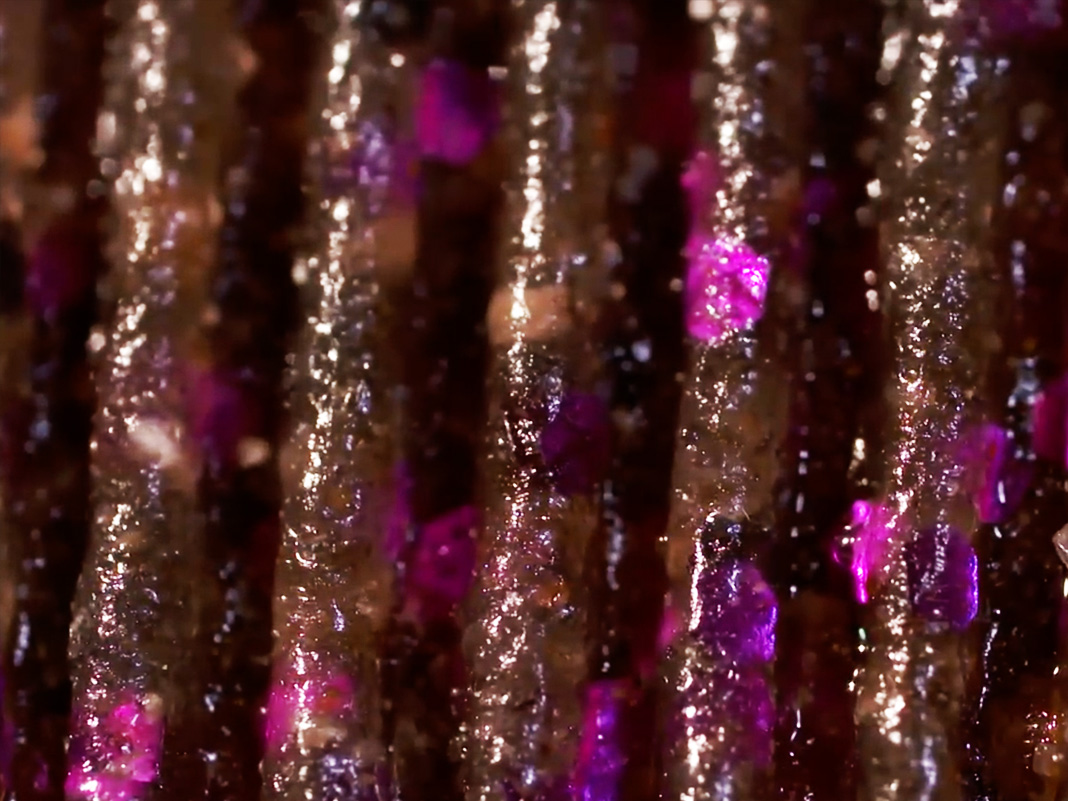 ワームをズームアップした写真。ジュワジュワと 肉汁 の様にフォーミュラが染み出てきている。これらのフォーミュラの構成物質は秘密だが…バークレー社のホームページにて 2500文字 程のアーティクルがアップされているので 抜粋紹介です。
ワームをズームアップした写真。ジュワジュワと 肉汁 の様にフォーミュラが染み出てきている。これらのフォーミュラの構成物質は秘密だが…バークレー社のホームページにて 2500文字 程のアーティクルがアップされているので 抜粋紹介です。
“まず ブラックバスの味覚感覚 と 人間の味覚感覚は違います。研究結果によると バスは口と脳で味覚 を覚えています。塩(塩化ナトリウム) はバスにとって重要な栄養素です。(ザリガニなどの餌食には、体塩が含まれている) バスは絶えず身体の塩を淡水の環境に逃がすので、塩を安定して摂取する 必要があります。実験室のテストでは、低濃度の塩(塩化ナトリウム) のみで ストロベリー風味 をつけた 偽餌にはすぐに関心を失なってしまいました。これに対して 複雑な混合物(フォーミュラ)を使用して、一部のバスに餌付する事に成功しました。バスは 食塩味 を容易に区別することができます。”
つまりは 塩に何かしらの 人口化合物(?) を混ぜたモノ がフォーミュラとなるらしい。なんだろうか…
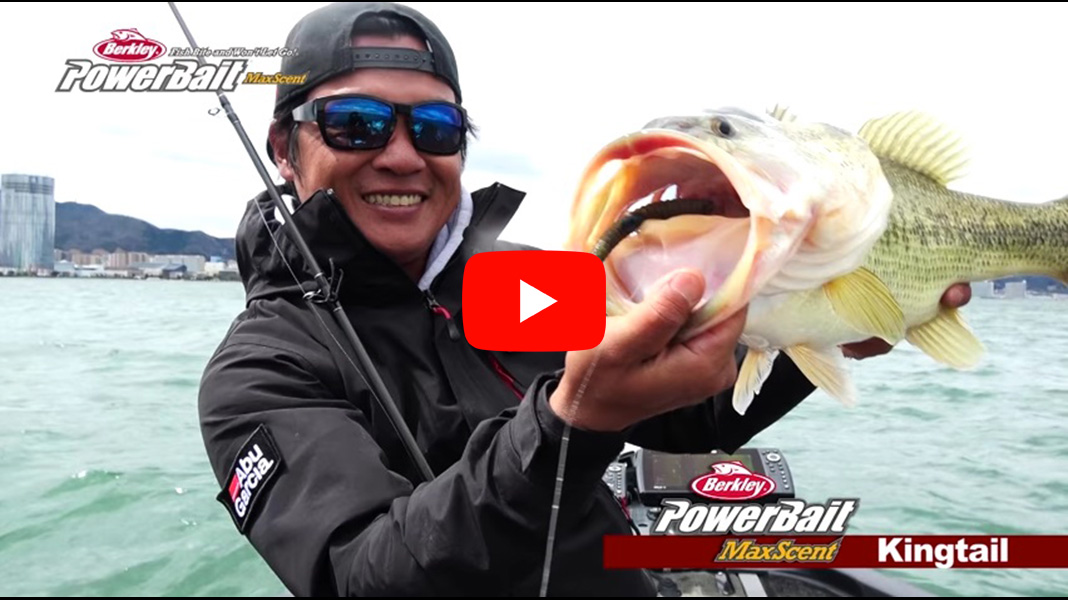 国内では 代理店でもある ピュアフィッシング・ジャパン から7月末に発売される。既に 木村健太氏 によってPR動画がアップされています。ラインナップは残念ながら ①キングテール 8インチ ②ヒットワーム 4.5インチ ③ディワーム 5.5インチ のみで 数量限定で発売 されるらしい。気になる方は個人輸入しよう!
国内では 代理店でもある ピュアフィッシング・ジャパン から7月末に発売される。既に 木村健太氏 によってPR動画がアップされています。ラインナップは残念ながら ①キングテール 8インチ ②ヒットワーム 4.5インチ ③ディワーム 5.5インチ のみで 数量限定で発売 されるらしい。気になる方は個人輸入しよう!
海外の釣具通販に挑戦してみる ~タックルウエアハウス編~
Take command of big bass with the reinforced scenting and enticing shimmy of the Berkley Powerbait Maxscent The General Worm. Poured using Berkley’s new Maxscent formula, the Berkley Powerbait Maxscent The General Worm offers a slow, shaking descent and a larger scent field for heightened attraction. Offering increased durability for longer bait life, the Berkley Powerbait Maxscent The General Worm provides a scent-heavy construction that big bass and anglers will both love.
Powerbait’s new Maxscent line of baits release a super-charged scent field that attracts fish with a never before seen effectiveness. This all-new material provides an ultra-realistic texture and comes in natural matte colors to fool the most discerning fish. Engineered with enhanced flavor to keep fish from letting go, Berkley’s Maxscent offers a soft, yet durable construction that ensures a lifelike action and better hook-ups.

Satisfying a Bass’ Taste Buds
Despite their ability to taste and smell many of the same chemicals we do, bass and human beings do not necessarily savor the same things.
The bass’ sensory system in general tends to act like a two-step informational filter. For taste and smell, the first filter includes the chemoreceptor cells that respond to water-soluble molecules.
The second filter is within the brain. Of all the substances that a bass can smell and taste, only a small portion is interpreted by the brain as attractive. For the other smells and tastes the bass either doesn’t care or is repulsed.
For example, we can readily smell rotten meat, but we certainly aren’t attracted to it. Likewise, many of the things that bass smell and taste can be downright offensive.
The substances that bass find attractive are the essences of the things they normally eat. Bass are predators. They eat meat, mostly prey fish, crayfish, and other aquatic prey, although as opportunistic feeders they will take just about any small animal that comes their way. As such, they savor a wide variety of meaty flavors to varying degrees, especially those high in protein. Cooked fishmeal, for example, is frequently the major flavoring agent used in hatchery feed.
Flavors derived from plants are invariably poor performers. Bass are meat eaters, not vegetarians. No matter how appealing sweet flavors like strawberry, raspberry, blueberry, almond-fudge or chocolate-frosted sugar bombs may sound to us, to bass they mean nothing. That also goes for anise (licorice) oil, the odorous essence found in many popular versions of early fish attractants.
About the same can be said for that old reliable flavoring commonly known as table salt. Bass are not the salt lovers we are. While sensitive to sodium chloride, bass find it mildly appealing at best.
Flavor tests in the laboratory consistently show that bass quickly lose interest in objects flavored with sodium chloride alone. When added to an organic mixture, such as worm extract, table salt may
slightly improve the overall flavor, but it is no more than a minor enhancement.
Salt is important in other ways to the bass diet. Because bass constantly lose body salts to their freshwater environment, they need a steady intake of salts. Prey species such as minnows and crayfish also contain body salts, which when consumed, help replenish its lost stores of body salt. Studies show that whereas no single salt is overtly tasty, bass deem salt mixtures that replicate a prey species to be quite palatable. Bass can readily differentiate a set of complex mixtures and plain table salt.
©berkley-fishing.com


